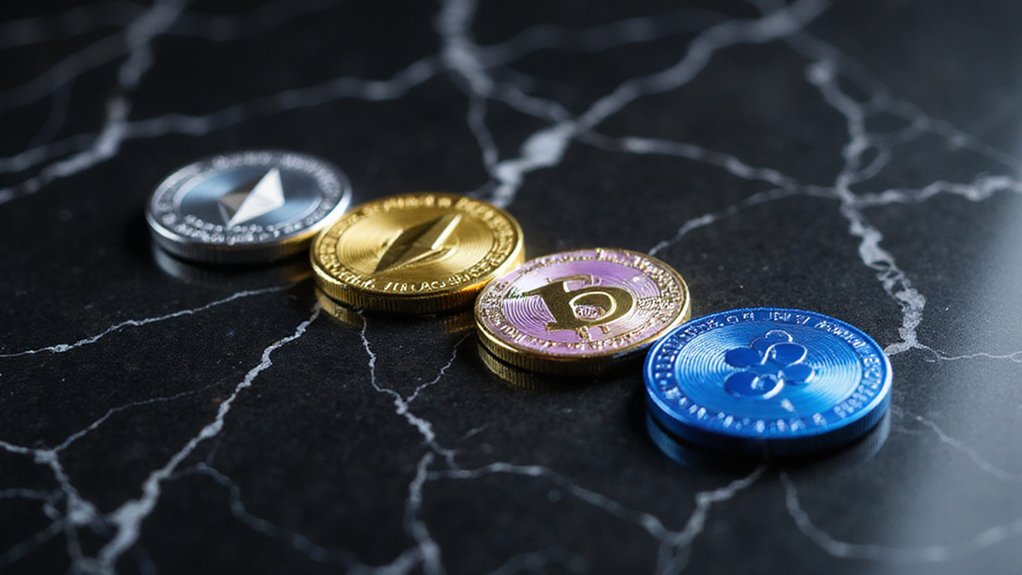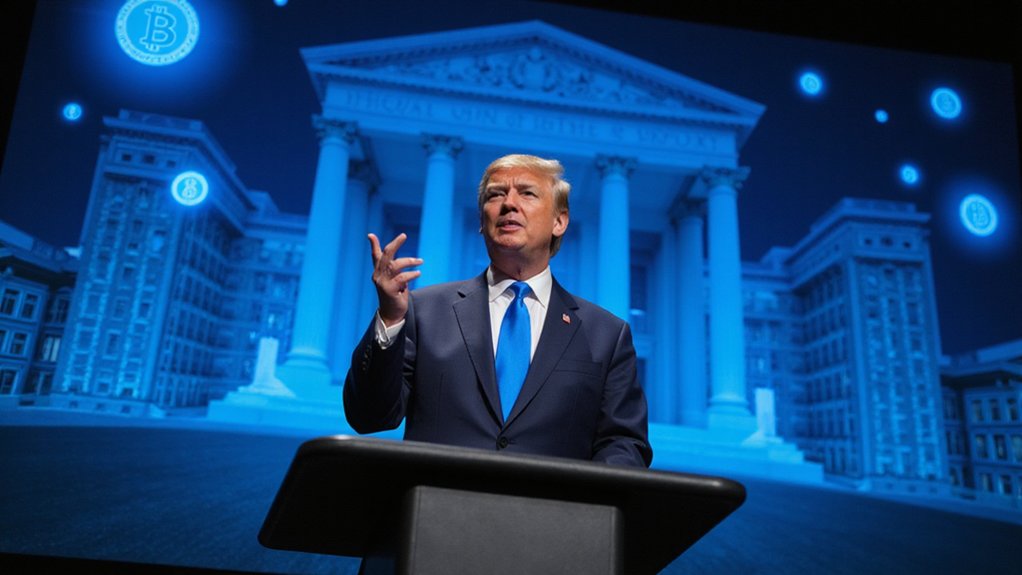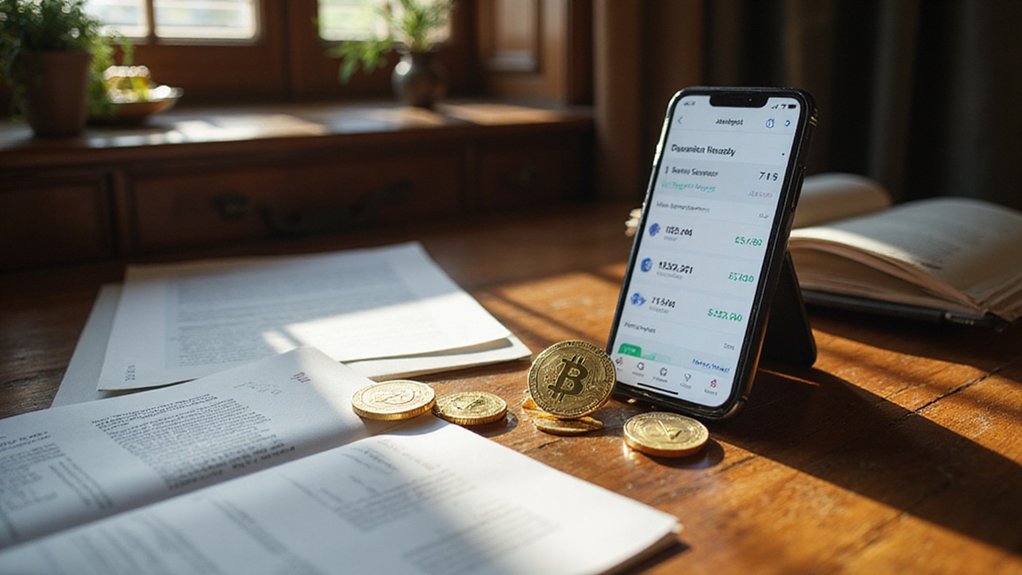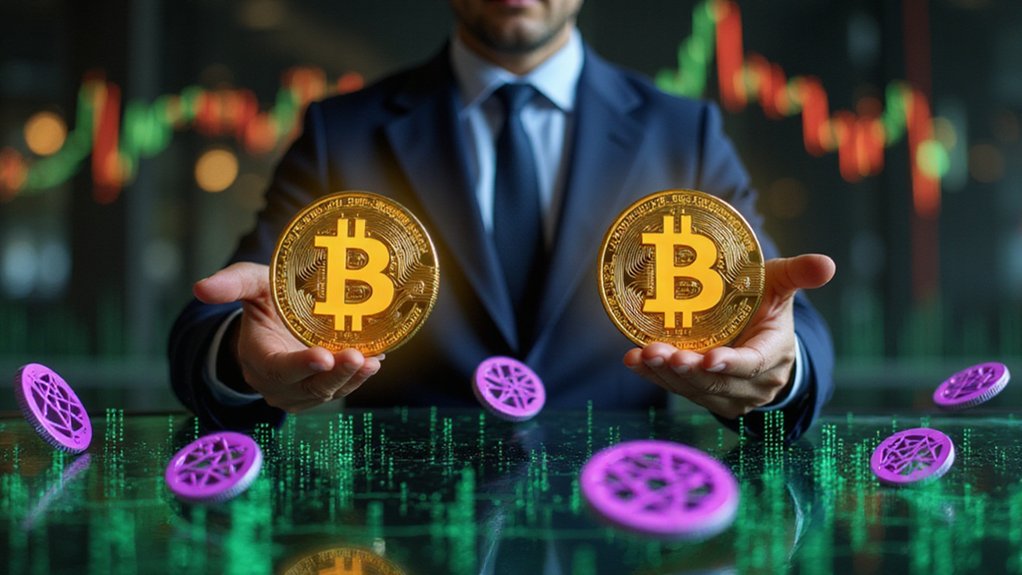The inexorable march of tokenization has arrived at finance’s doorstep with the subtlety of a sledgehammer, promising to transform trillion-dollar asset markets through blockchain technology while simultaneously elevating four digital tokens—Ethereum (ETH), Solana (SOL), Chainlink (LINK), and XRP—from speculative curiosities to foundational infrastructure.
Tokenization, the process of representing real-world assets as digital tokens on blockchain networks, has captured the imagination of major financial institutions who are moving trillions into blockchain-based assets. This shift represents more than technological novelty; it signals a fundamental reimagining of how stocks, bonds, and other traditional assets might trade with enhanced efficiency and reduced friction.
Ethereum maintains its position as the settlement layer for regulated finance, leveraging programmable smart contracts that enable complex financial instruments and compliant asset issuance. Its extensive developer ecosystem and corporate partnerships create a robust foundation for tokenization adoption, with expected institutional inflows potentially driving dramatic increases in ETH’s utility and valuation.
Solana emerges as a formidable challenger, offering high-performance blockchain capabilities with fast, low-cost transactions that institutional and retail markets demand. Its scalability advantages position it strategically for tokenized asset markets, particularly as it attracts capital shifts during altcoin rotations—a phenomenon that speaks to growing investor sophistication (or perhaps wishful thinking).
XRP functions as a leading infrastructure asset, providing high-speed, low-cost transaction capabilities essential for on-chain settlement and cross-border asset transfers. Its network partnerships support real-world asset tokenization, making it increasingly relevant for enterprise-grade platforms preparing tokenization pilots.
Chainlink operates as the critical bridge between blockchain networks and off-chain reality through its decentralized oracle services. Without reliable data feeds for accurate pricing and compliance, tokenized assets would remain elaborate digital fantasies rather than functional financial instruments.
The convergence of these four tokens creates a diversified investment exposure to the tokenization sector, each serving distinct yet complementary roles in the emerging infrastructure. As major financial firms embrace blockchain-based asset management, the utility and network demand for these tokens may increase substantially, potentially transforming them from speculative investments into essential components of modern finance’s digital backbone. The integration of AI enhancement in cryptocurrency protocols further strengthens these networks’ security and trading capabilities, making them more attractive to institutional investors seeking both efficiency and trust.









